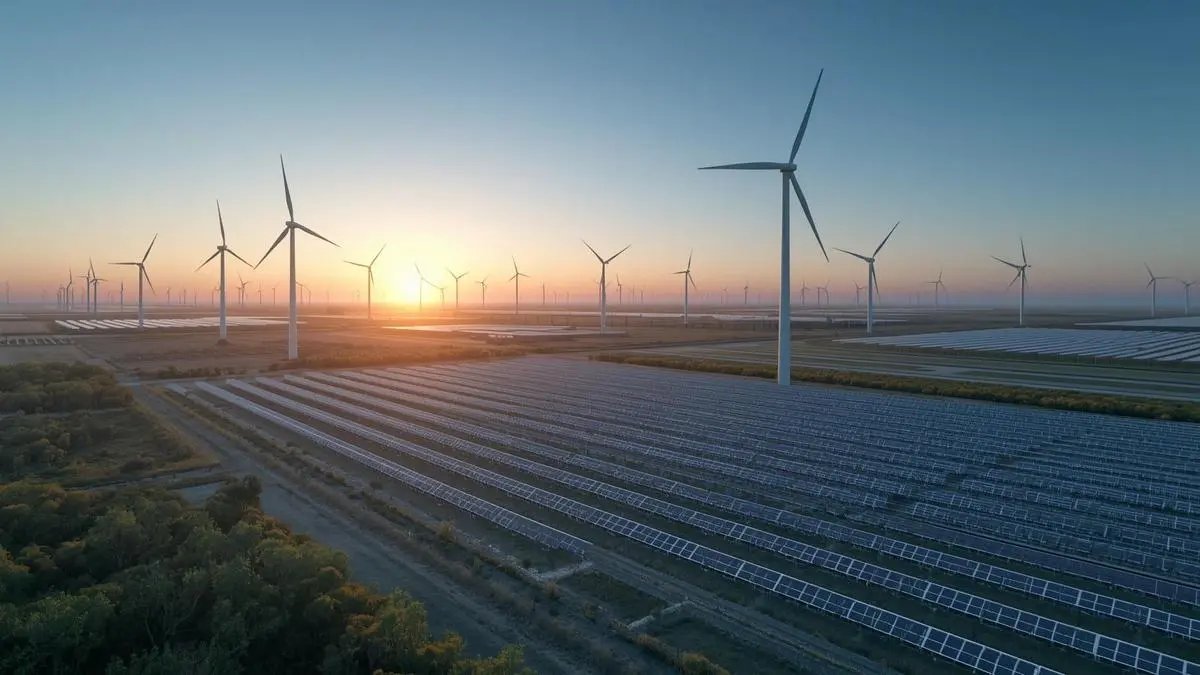India’s clean energy push: 65 industrial projects worth $150 billion in the pipeline


India now has the world’s third-largest pipeline of clean energy industrial projects—65 in total—trailing only China and the US, according to the Industrial Transition Accelerator
India has a pipeline of 65 clean energy industrial projects, the third-highest after China and the US, spread across the chemicals, steel, cement, aluminium, and aviation sectors, concentrated in states such as Odisha, Gujarat, Andhra Pradesh, Karnataka, Maharashtra, Tamil Nadu, and Rajasthan.
The findings are part of a report by the Industrial Transition Accelerator (ITA), a global multi-stakeholder initiative launched at COP28 to catalyse decarbonisation across the heavy-emitting industry and transport sectors, which together represent a third of global emissions.
“Most announced projects are in green chemicals, reflecting India’s advantages in low-cost renewables and growing policy momentum. If fully realised, this pipeline could mobilise more than $150 billion in investment, create over 200,000 jobs, and abate 160–170 MtCO₂e (million tonnes of CO2 equivalent) annually, equivalent to roughly 5–6 per cent of India’s national emissions,” ITA noted.
ITA is led by Co-Chairs Sultan Al Jaber (Minister for Industry and Advanced Technology of the UAE and COP28 President), Simon Stiell (UN Climate Change Executive Secretary), and Michael R. Bloomberg (UN Secretary-General’s Special Envoy on Climate Ambition and Solutions).
Clean industrial transition
India is rapidly emerging as a global industrial hub, ITA said, aided by surging production and consumption in core heavy industries such as steel, cement, aluminium, chemicals, aviation, and shipping, which is powering economic growth and employment.
However, the current fossil-intensive means of production are driving a steep rise in greenhouse gas (GHG) emissions, with heavy industry1 already contributing nearly 20-25 per cent of India’s total emissions, while increasing reliance on fossil fuel imports, exposure to volatility in global energy prices, and the risk of losing competitiveness in clean commodity markets, it added.
“India has unique strengths to enable clean industrialisation, including policy momentum, corporate leadership, trade partnerships, and access to abundant low-cost clean electricity (solar PV at $0.038/kWh vs $0.043/kWh globally in 2024),” ITA pointed out.
Clean industrial transition offers an opportunity to navigate the dual challenge of sustained industrial growth while pursuing long-term economic resilience, sustainability, and export competitiveness, it stressed.
Systemic challenges
However, to date, six projects are past FID (two at FID and four operating), as several systemic challenges continue to slow projects’ progress towards Final Investment Decision (FID), ITA said.
“Projects at FID include two deep decarbonisation projects-–one green ammonia and one sustainable aviation fuel (SAF), while four partly renewable-powered brownfield aluminium smelters are in operation,” it added.
ITA highlights that the most significant barrier to FID is the lack of premium demand, as long-term binding off-take for clean products remains limited, even at a modest premium, affecting revenue certainty and bankability.
Other major constraints include financing, gaps in supporting infrastructure, from grid and transmission readiness to port handling and shared logistics, as well as policy and regulatory uncertainty and lack of sufficient support.
Faustine Delasalle, Executive Director of ITA, pointed out that while momentum is real, moving projects from announcement to Final Investment Decision (FID) remains a slow and difficult journey.
“Exchanges with Indian project developers have revealed that investment at scale is hindered by barriers like weak or uncertain green off-take at both domestic and international levels, limited instruments to bridge the green premium and high cost of capital for first-of-a-kind projects, gaps in technology readiness and localisation, and infrastructure bottlenecks such as electricity transmission constraints and right-of-way for CO₂ and renewables infrastructure,” she added.
Continued progress on supportive policies and efficient permitting processes will help accelerate progress, supported by measures to ease feedstock and by-product market frictions, Delasalle emphasised.
Published on November 4, 2025



